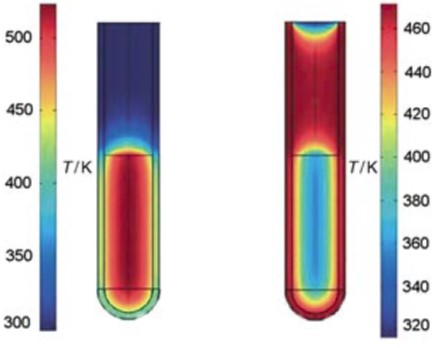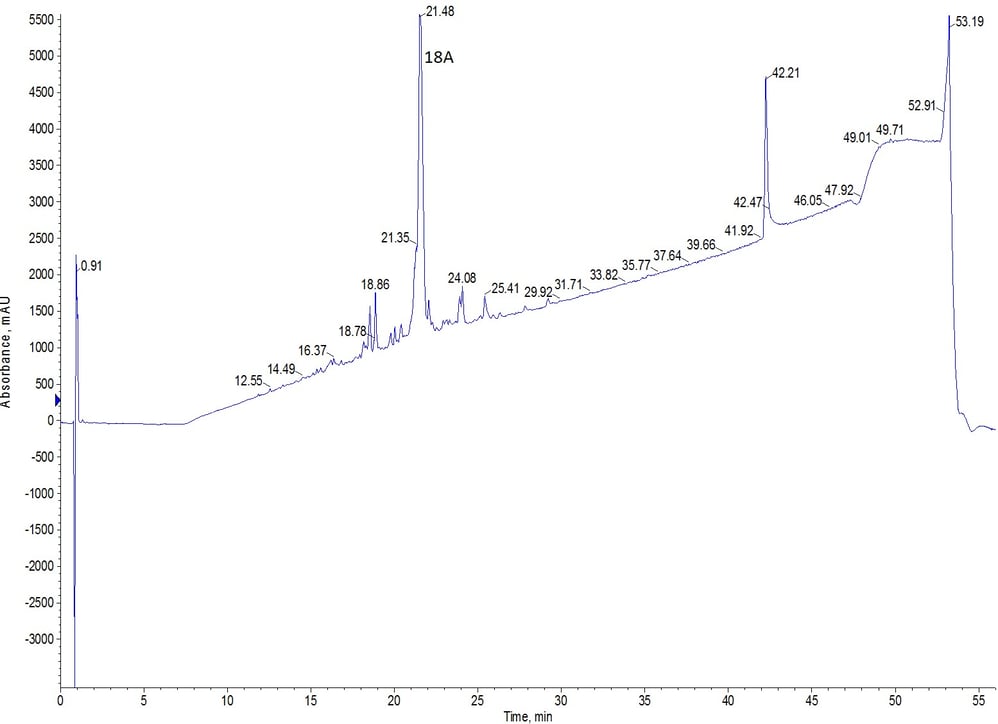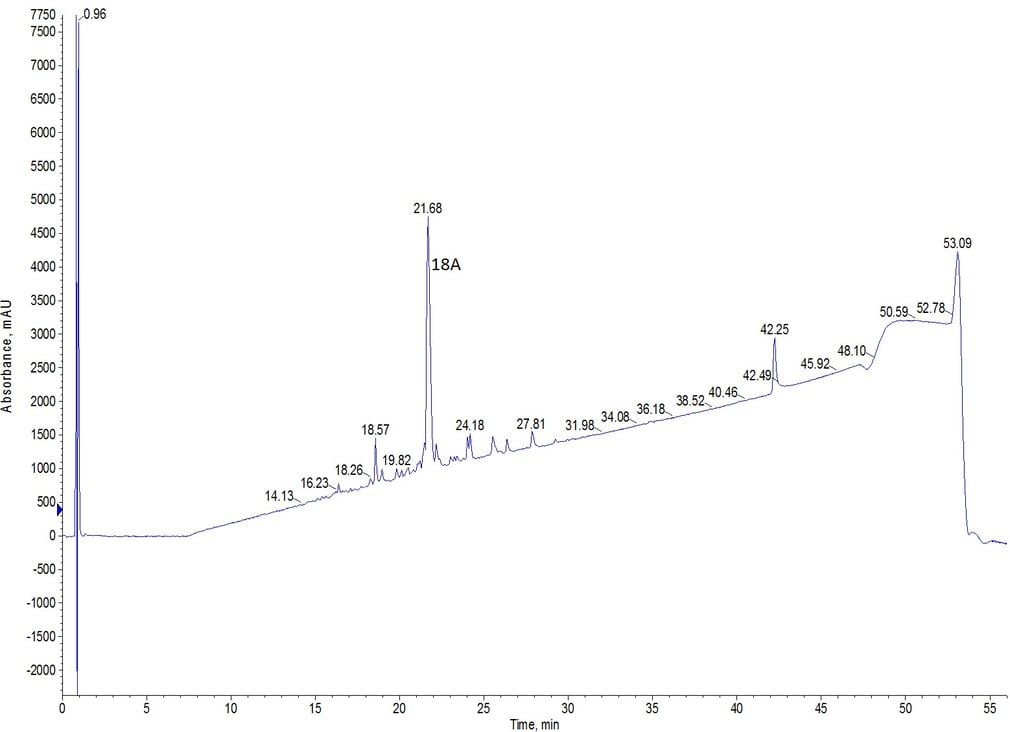Historically, solid phase peptide synthesis has been conducted at room temperature, demanding long reaction times and often double coupling to ensure a quality crude peptide product. More recently however, different strategies have been identified to heat the reactor vial, increasing the overall reaction rate and potentially the crude purity of your peptide.
In today’s post I will demonstrate that microwave heating can improve the crude purity of your desired peptide.
The relationship between temperature and reaction rate was identified by Arrhenius in 1889 and is defined by the following equation.

While many of us have used this equation ad nauseum during first year chemistry, the question immediately arises “what kind of heat?” Traditionally, hot plates and oil baths were the tools of the synthetic chemist for their reactions. Organic chemists began experimenting in the mid 1980s with microwave heating and found significantly decreased reaction times and increased reaction efficiencies when compared to conventional heating methods. This is attributed to the rapid, even, and controlled heating provided by a microwave source, Figure 1.

Figure 1: Temperature gradients reflective of microwave (left) vs oil bath heating (right). Microwave heats the entire liquid volume of the sample immediately, while the oil bath the liquid sample is heated from direct contact with the vial.
Microwave heating in solid phase peptide synthesis was introduced in the early 1990s, and has been further optimized and quickly gained acceptance within the peptide community since then.
To highlight the differences that can be achieved when utilizing microwave heating during the coupling step, I synthesized an amphipathic peptide commonly referred to as 18A. For this comparison I kept the synthetic scale, coupling reagents, and number of equivalents constant while varying only reaction temperature and time.
I first synthesized 18A at room temperature with my Biotage® Initiator+ Alstra™, Figure 2. While it is common to double couple all amino acids during room temperature synthesis, I chose to single couple all amino acids in this synthesis for a more accurate comparison. The coupling reaction was allowed to proceed for 60 minutes, a relatively common length of time for room temperature syntheses.

Figure 2: Analytical HPLC chromatorgam of crude peptide 18A synthesized at room temperature using single amino acid couplings
I calculated the crude purity to be 59.5% by integrating the analytical HPLC UV trace. Despite the single couplings, this synthesis turned out to be more successful than I had initially anticipated.
I then synthesized the 18A using microwave heating for the coupling reactions with my Biotage Initiator+ Alstra, Figure 3. The coupling reactions proceeded for 5 minutes at 75ºC. It is important to note that for both peptides, I conducted the Fmoc-deprotection step at room temperature. There are several side reactions that can be exacerbated if the deprotection step is heated.

Figure 3: Analytical HPLC chromatogram for crude peptide 18A synthesized with single couplings and microwave heating.
Visual inspection of the two chromatograms clearly shows that the peptide synthesized with microwave heating has a greater crude purity. I integrated the peaks and calculated the crude purity of this peptide to be about 67%, a less significant differential than I anticipated when I began this project. Importantly, a significant leading, yet poorly resolved, impurity present in the crude peptide mixture synthesized at room temperature is present to a lesser extent in the peptide mixture synthesized with microwave heating, simplifying the purification.
While there are certainly cases in which room temperature synthesis is appropriate, synthesis of peptide libraries for example, I generally recommend the use of microwave heating when possible. In addition to significantly reducing the required synthesis time (>36 hrs to <15 hrs), the use of microwave heating has also enabled synthesis of peptides with purities not previously accessible with room temperature approaches such as long peptides (>45 amino acids), phosphopeptides, and glycopeptides.
Would you like to learn more about how Biotage tools can improve your peptide synthesis, purification and evaporation efficiency? Follow the link below.

 Organic Workflow
Organic Workflow Peptide Workflow
Peptide Workflow Scale-Up Flash Purification
Scale-Up Flash Purification  Sample Preparation
Sample Preparation Biomolecule Purification
Biomolecule Purification Oligo synthesis
Oligo synthesis Scavengers and Reagents
Scavengers and Reagents Service & Support
Service & Support Accessories & Spare parts
Accessories & Spare parts Investors
Investors Reports & News
Reports & News The Share
The Share Corporate Governance
Corporate Governance Calendar
Calendar Sustainability
Sustainability Our Offering
Our Offering Our History
Our History Our Locations
Our Locations Leadership
Leadership